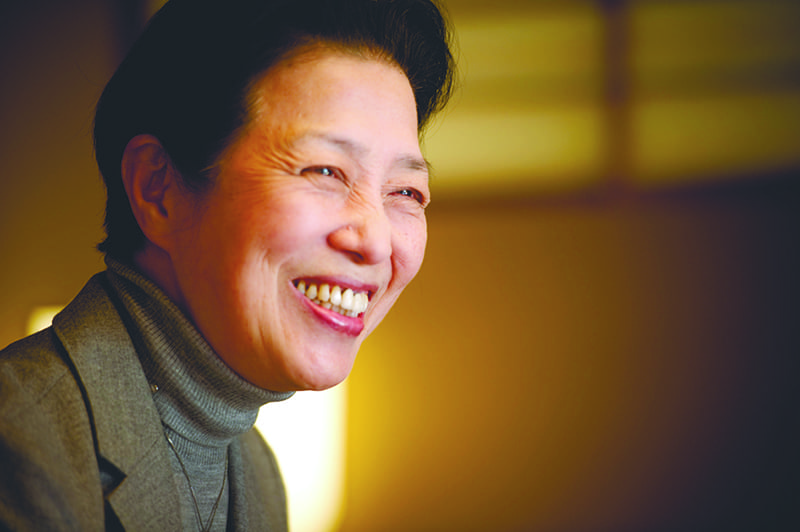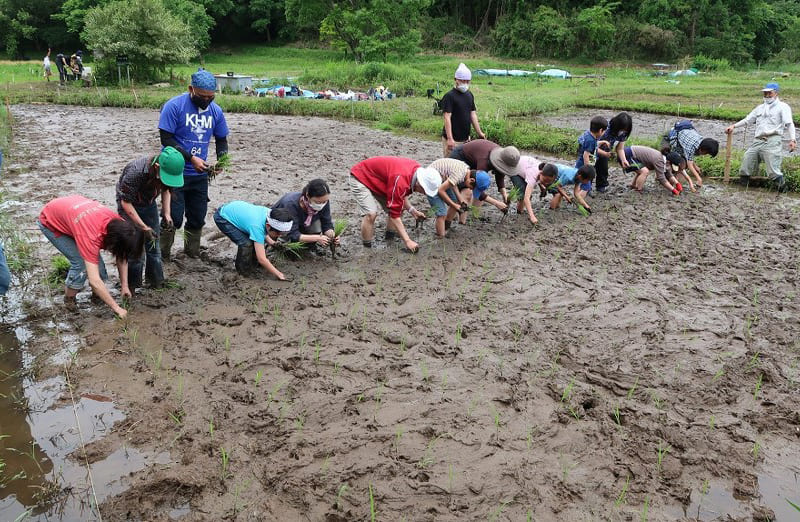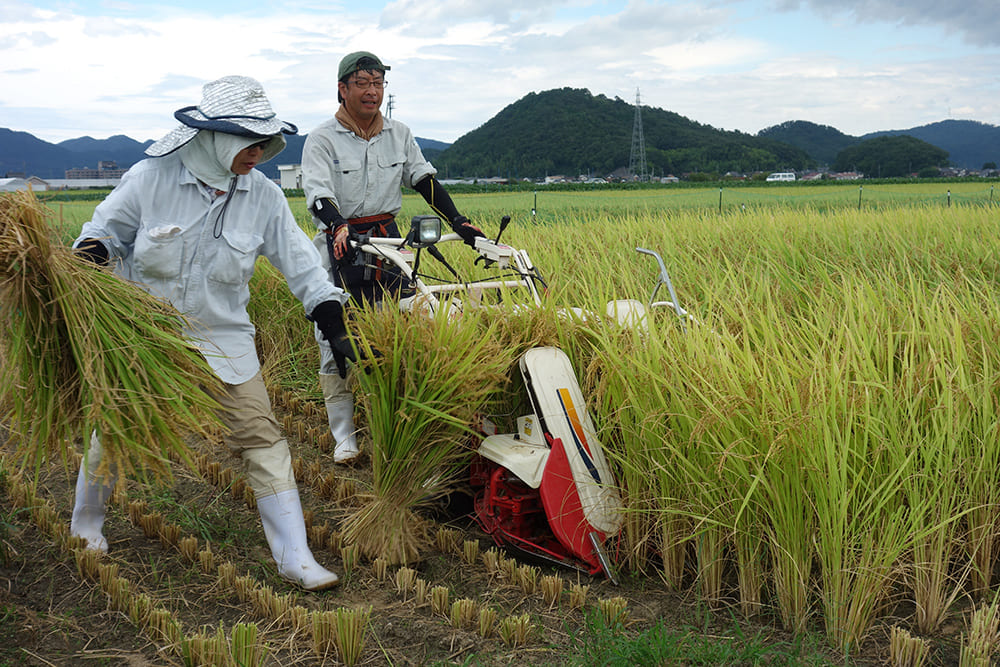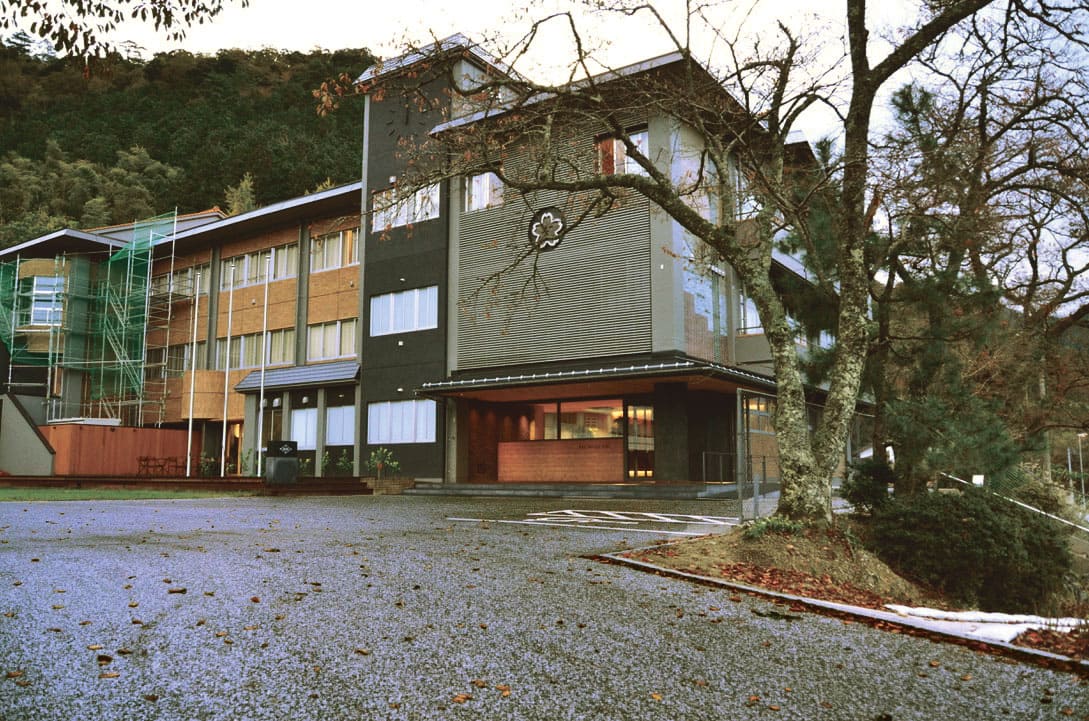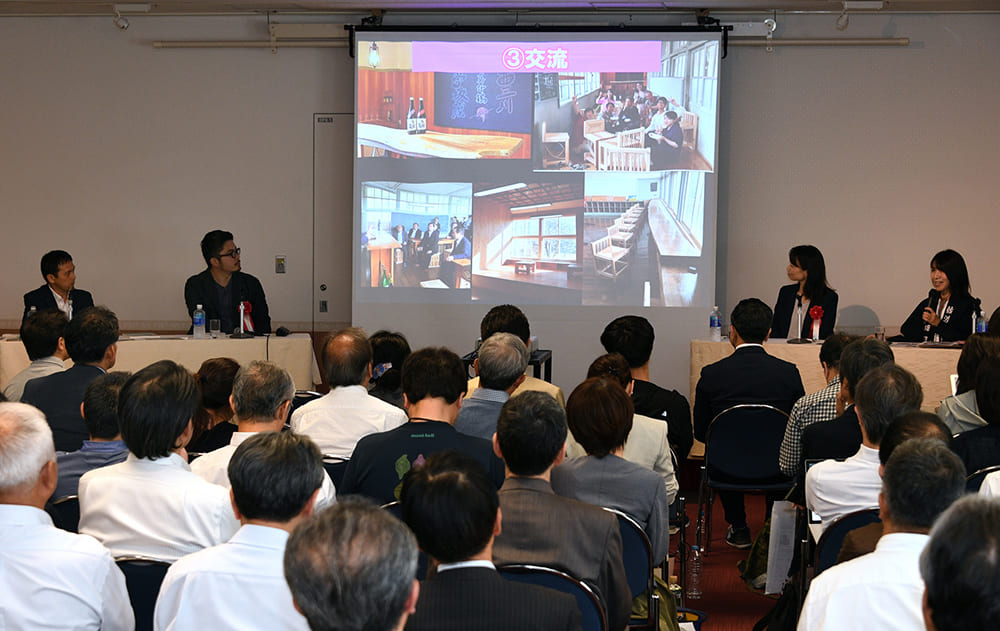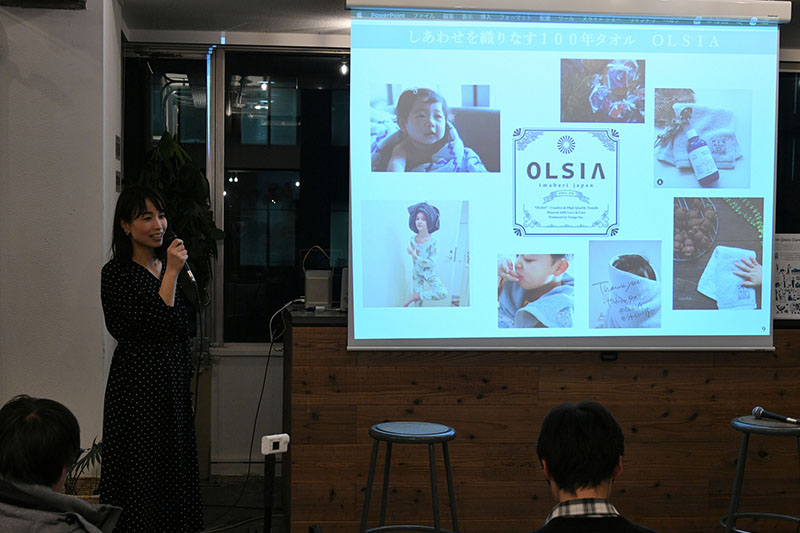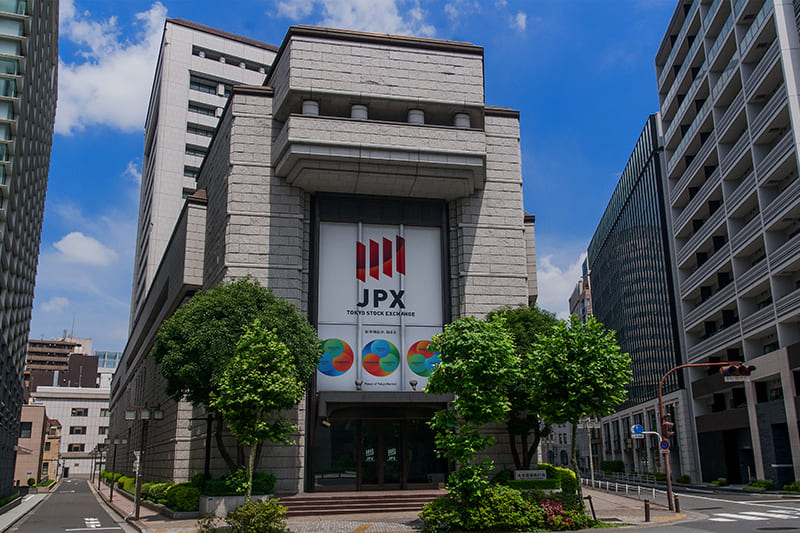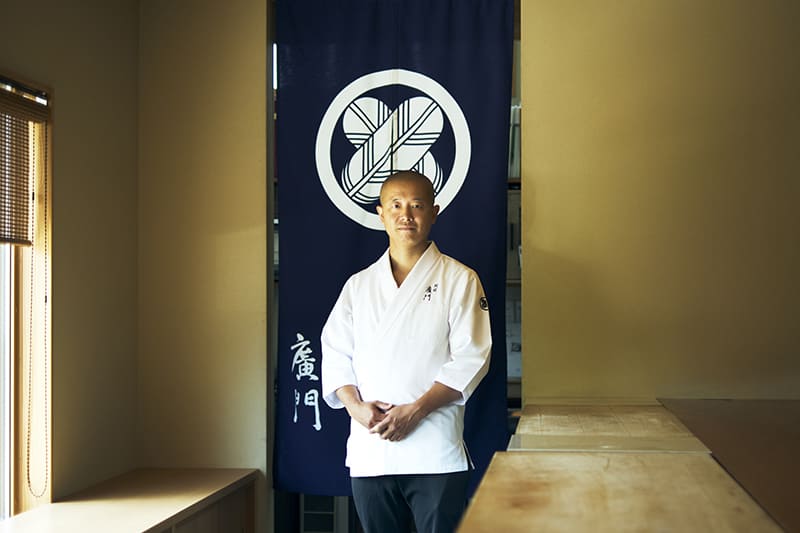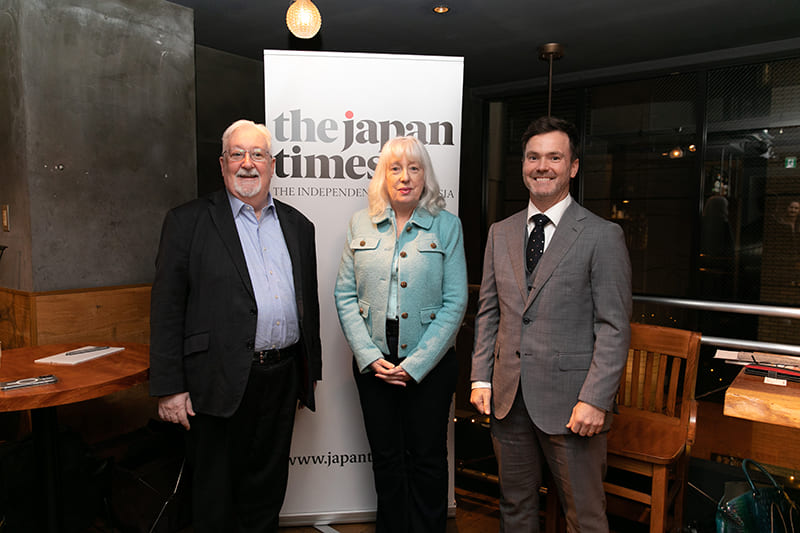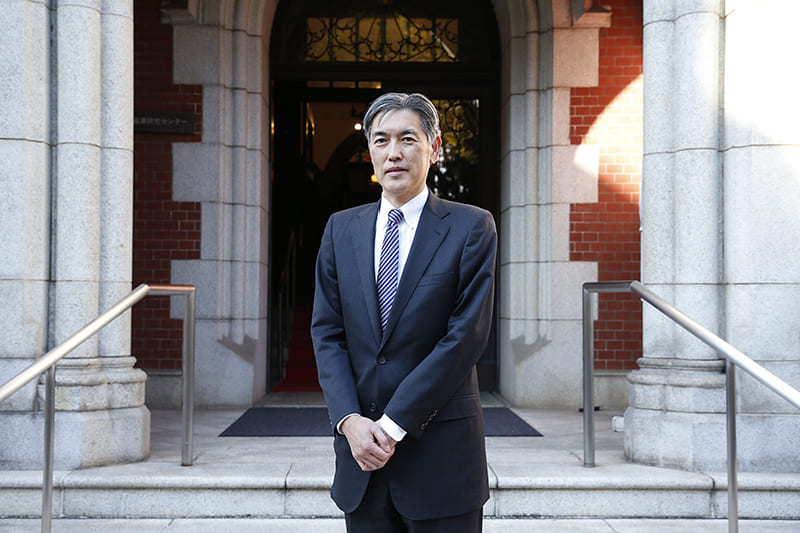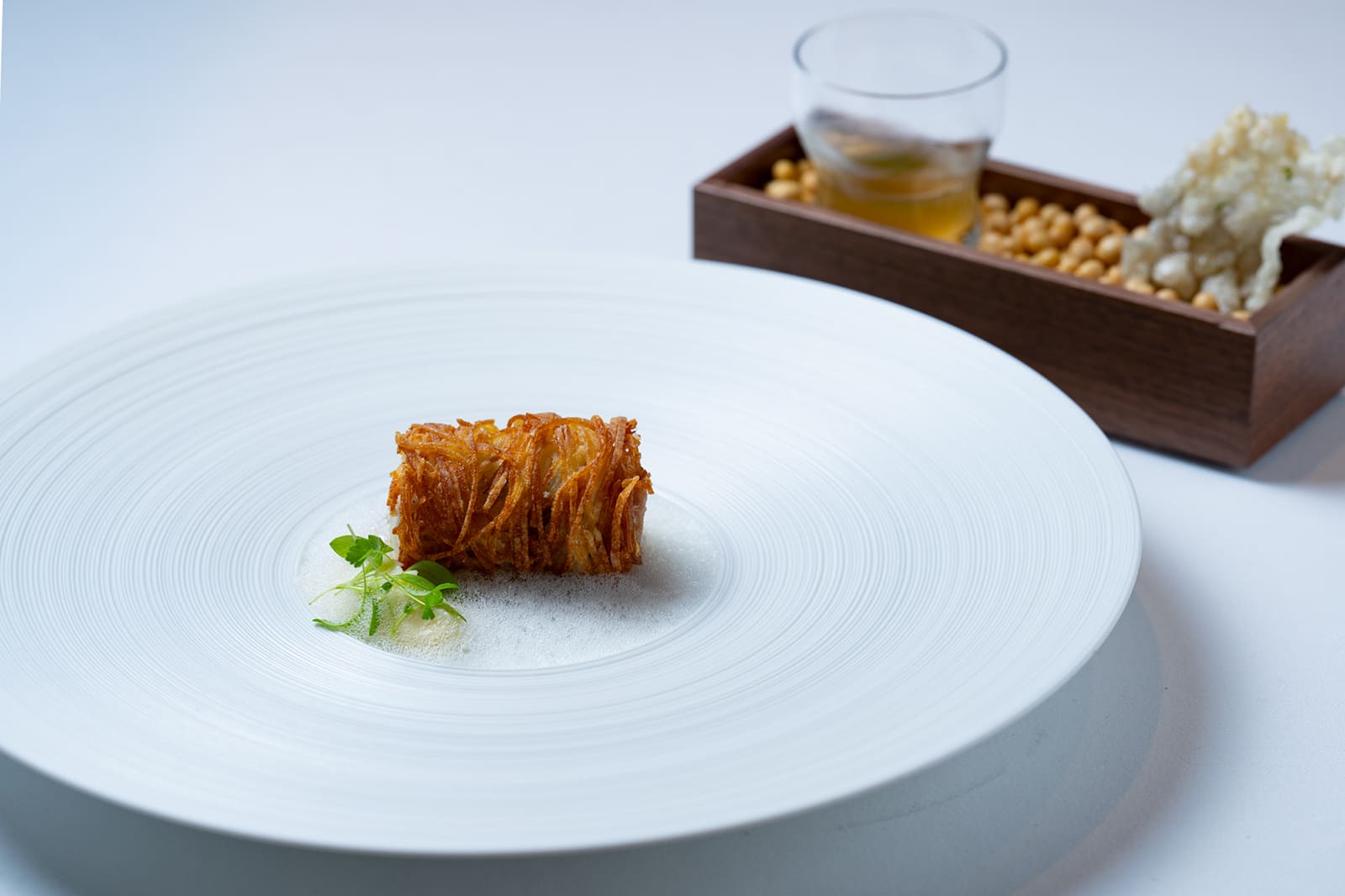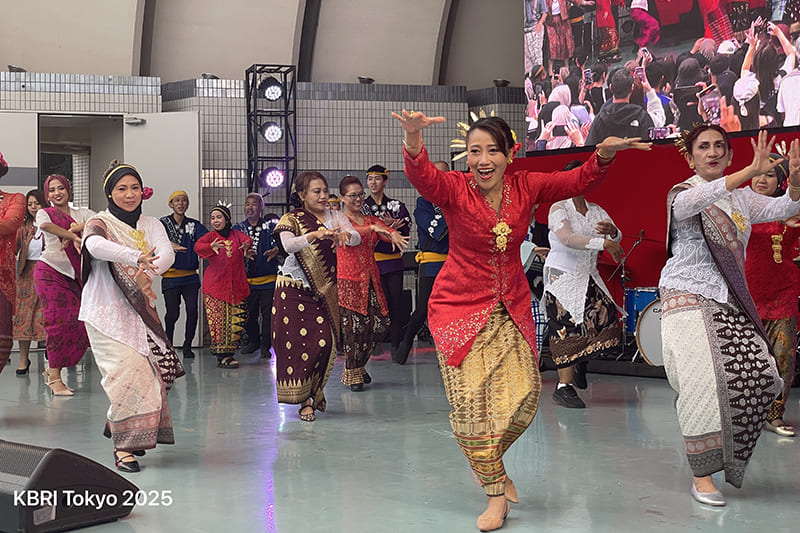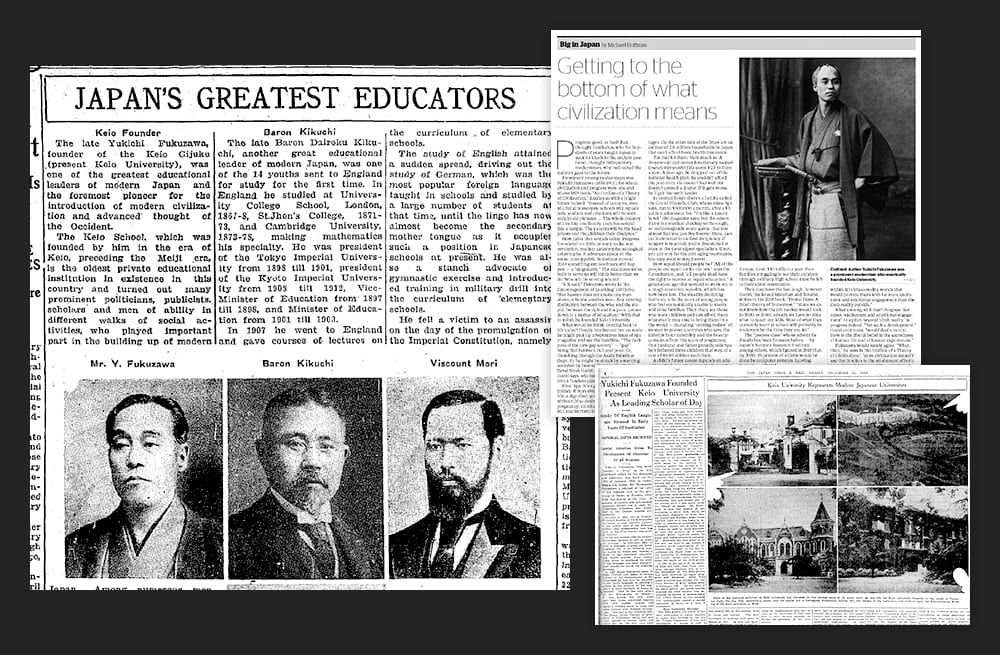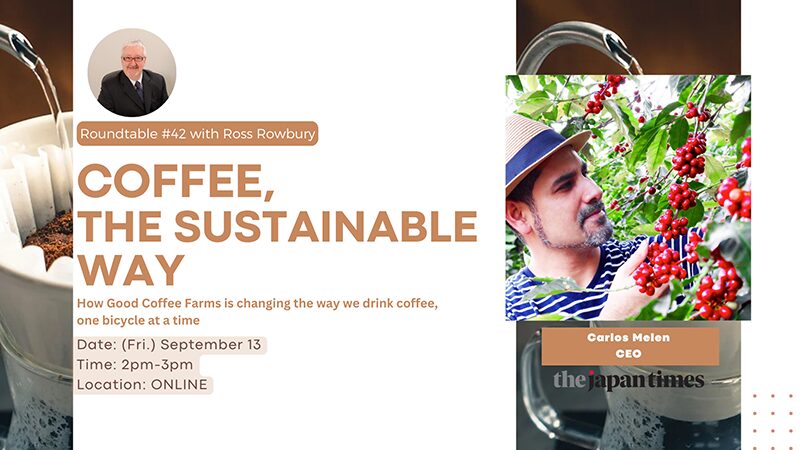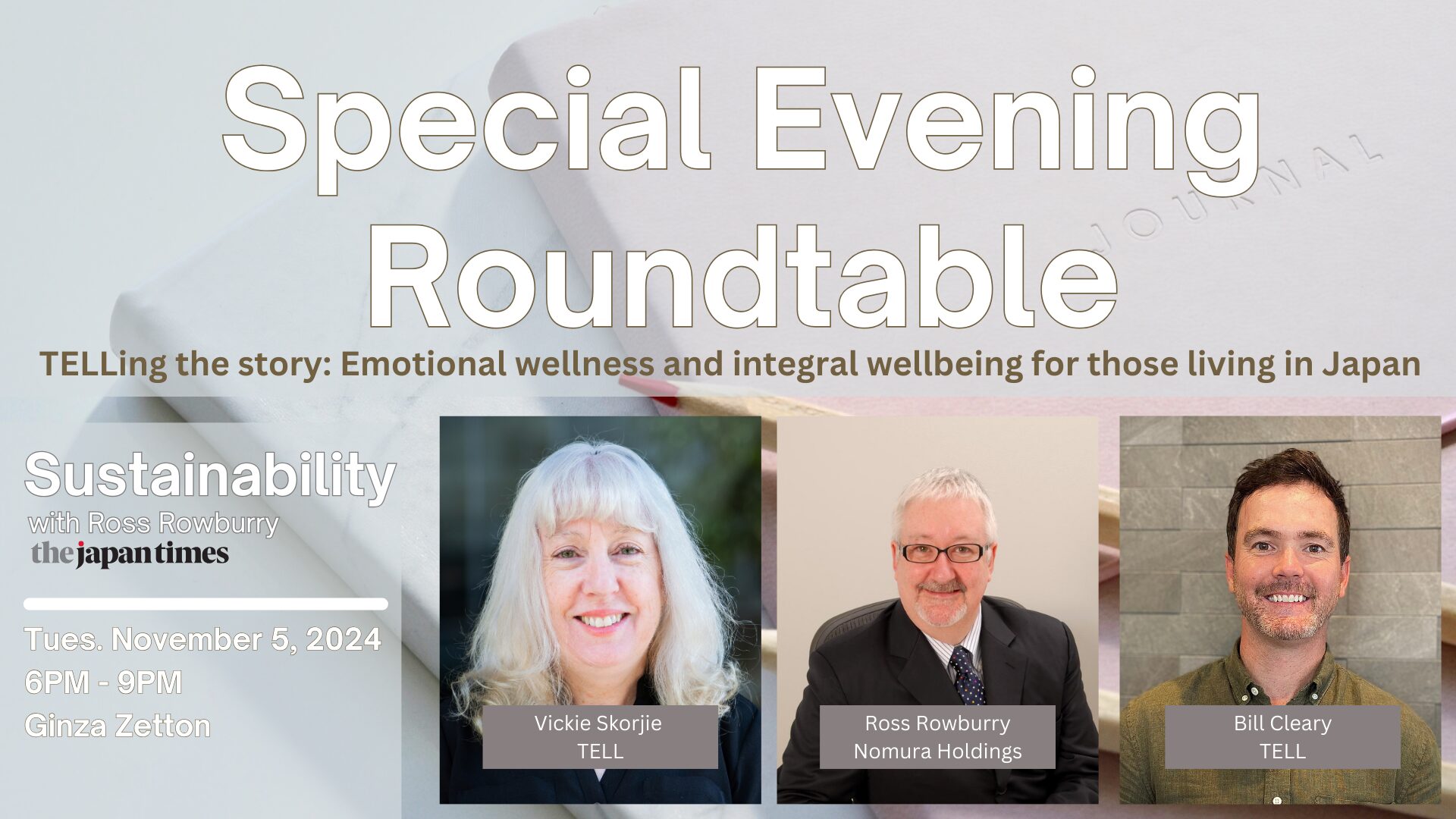July 07, 2025
Tango region’s Wakuden no Mori: A circle of people and nature
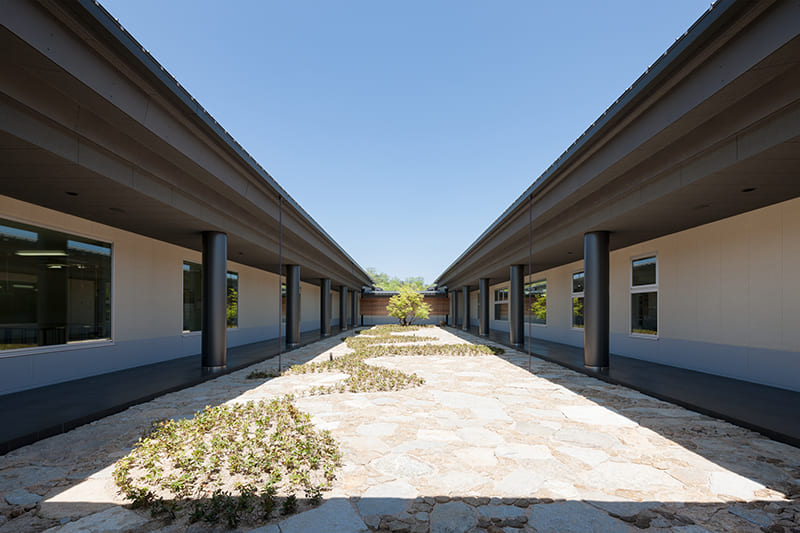
Nestled in the mountains of Kyoto’s Tango region lies Wakuden no Mori, a place that is far more than a tourist destination or a fine-dining spot. It is an ecosystem where people and nature support one another toward building a sustainable future. This forest sanctuary was founded by Aya Kuwamura, whose life story intertwines deeply with the land.
In 2024, her company Murasakino Wakuden received the Excellence Award in the satoyama category of the Sustainable Japan Award, organized by The Japan Times. The project was recognized for transforming cleared land into the forest in a way that fostered regional engagement, created local employment through a food workshop, museum and restaurant, and added value to local ingredients through integrated production, processing and marketing.
Murasakino Wakuden was founded in 1870 as a traditional ryokan inn in Kyotango, once prosperous due to the crepe silk industry. Due to the decline of the industry in the area, company President Kuwamura moved Wakuden to Kyoto in 1982, opening the ryotei (traditional Japanese fine-dining establishment) Kodaiji Wakuden. It flourished and became widely celebrated, yet her heart remained tied to Tango. “I always wanted to give back,” she recalled.
Wakuden no Mori began not with a grand vision but a desire to repay the land that had nurtured her. After consulting with local officials, Kuwamura was introduced to a plot of land — once a mountain, now a cleared slope. Untouched by industrial pollution, the site was perfect for food production.
It was then that she encountered the work of Akira Miyawaki, a plant ecologist known for his “Miyawaki method” of rapid afforestation through mixing and densely planting a number of varieties of plants native to an area. Kuwamura adopted the method and, starting in 2007, planted about 30,000 saplings with the help of people from the local community and across the country. Kuwamura likens the forest to a modern chinju no mori — a sacred grove traditionally believed to protect local communities. “By bringing this forest back to life, I believe it can help shield the land from major disasters,” she said. The forest flourished, transforming rapidly into a thriving grove that now sways gently in the mountain breeze.
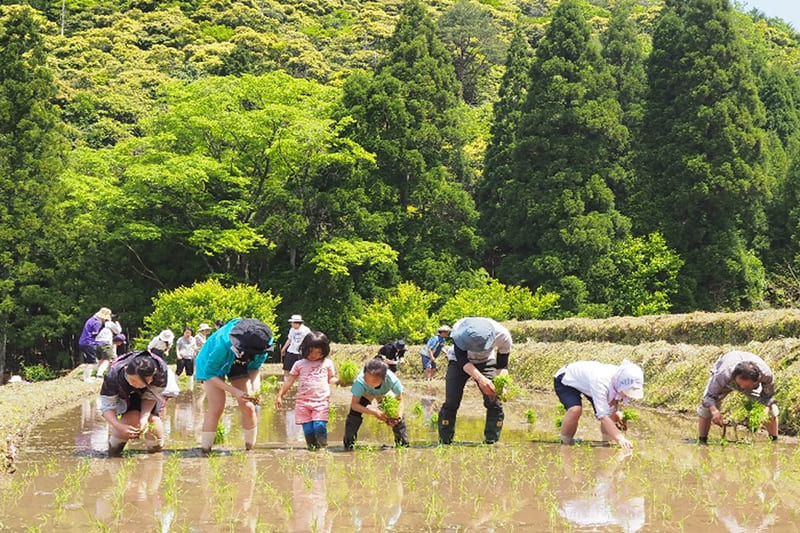
But this forest is not just for conservation. Regenerative agriculture is also being practiced in the terraced rice fields nestled in the mountainous area of Ichinono, Kyotango. Visitors participate in seasonal rice planting and harvesting. The rice — known as Wakuden-mai — is cultivated using natural fertilizer enriched with crab shells, a nod to Wakuden’s iconic grilled crab dish. This rich organic compost infuses the rice with natural sweetness and depth. In addition, Isehikari rice — a rare variety once thought to have disappeared — has been revived, and people from other regions are invited to join in rice planting and harvesting, helping to strengthen ties between rural communities and outside participants.
A wooden art museum devoted to artist Mitsumasa Anno, Mori no Naka no Ie, designed by renowned architect Tadao Ando, sits quietly embraced by the forest. Known globally for his bold use of concrete, Ando here created a cedar-clad structure that melts softly into the landscape — an architectural homage to Anno’s delicate watercolor worlds. In addition to exhibitions, the pavilion also serves as a venue for musical performances and cultural gatherings, offering moments of shared beauty in harmony with the forest.
Wakuden no Mori reflects Kuwamura’s quiet belief in the power of human connection, an idea she has cherished for many years. She embraces the saying “Enjin kimyō, tahō shōin” (meaning associating with good people brings good results), which embodies a traditional Japanese view of human bonds: Relationships built through sincerity and humility can bring unexpected opportunities and shared purpose. This forest, shaped by countless such encounters, stands as a living testament to that spirit. “The encounters aren’t by our power alone. We find ourselves led to them,” she said. “And things fall into place when you keep moving forward with sincerity.”
She also cherishes an old saying passed down from her mother: “A basin of water flows back to you when pushed outward, but if you try to pull it toward yourself, it slips away,” a reminder that selfless action eventually returns as blessings — that what we do for others will one day return to us.
“As long as you have a clear intention, and you value the people you meet, something will always move forward,” Kuwamura said. In the quiet of Wakuden no Mori, the seeds of harmony between people and nature are already taking root.
The Sustainable Japan Award commends individuals, companies and organizations who have made advances in sustainable efforts. To learn more, visit https://sustainable.japantimes.com/sjnetwork-jp

